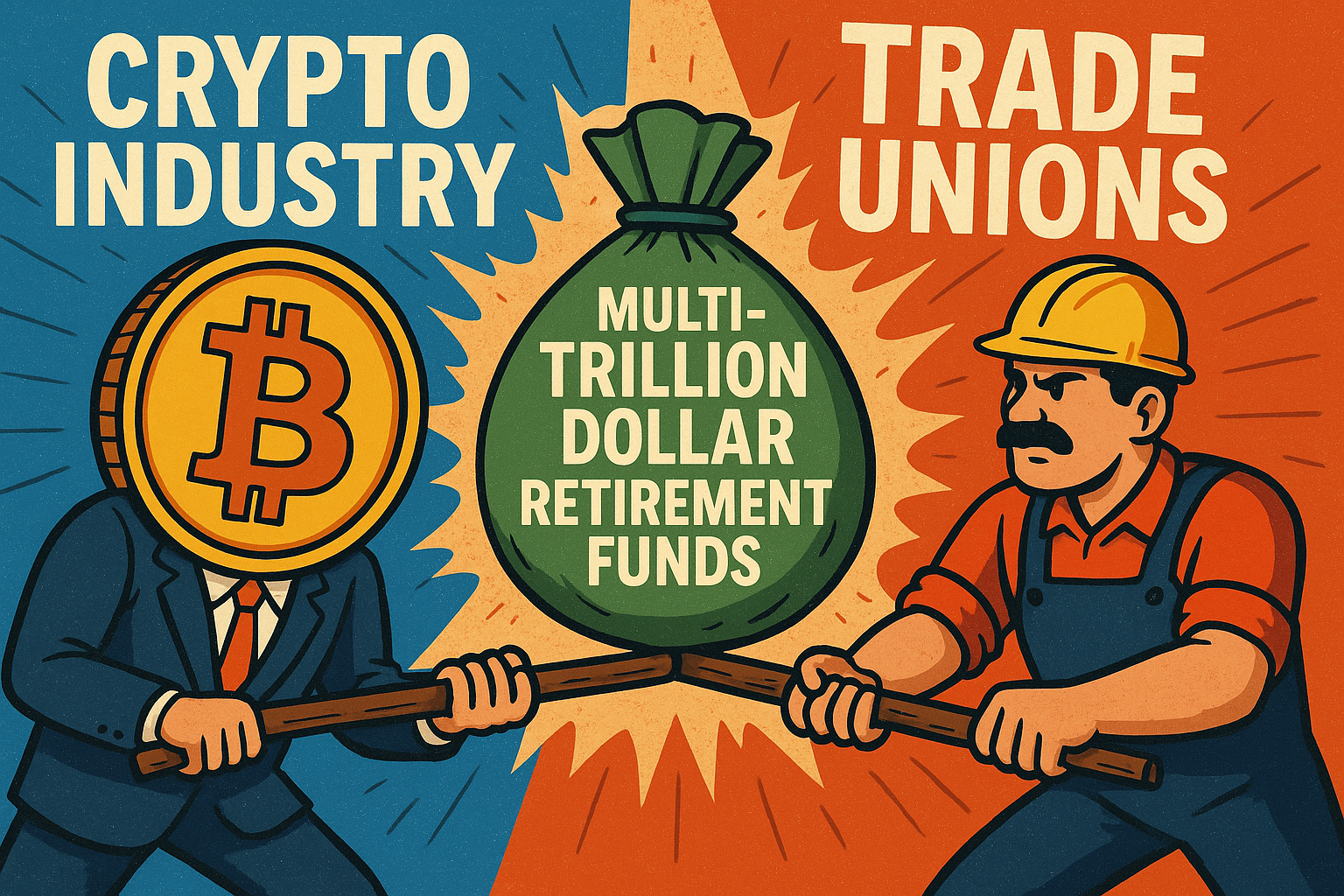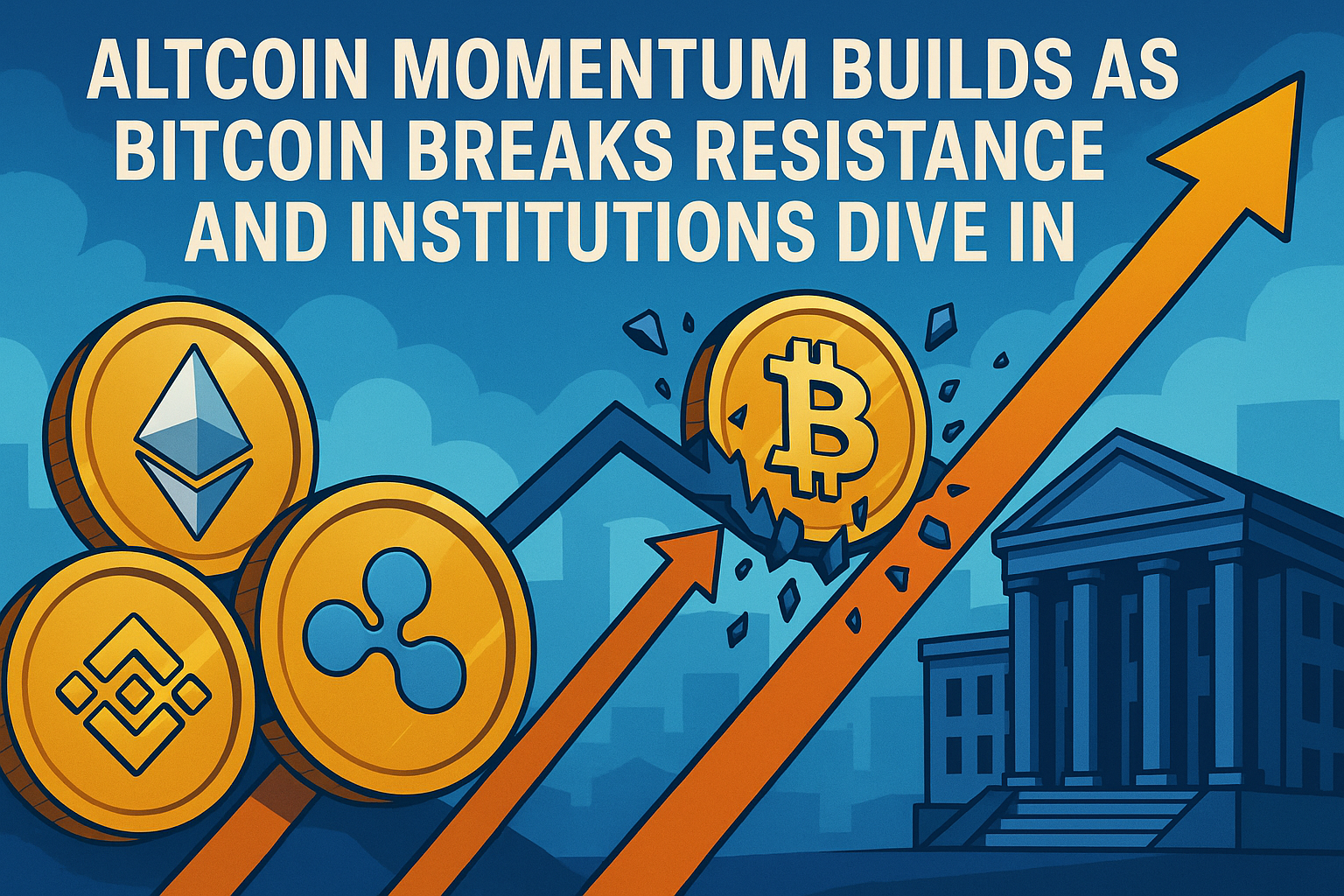Table of Contents
Stablecoins are cryptocurrencies with value pegged to another currency, such as the US dollar or the Euro. These crypto coins can also be tied to the price of a particular commodity or specific financial instrument.
Some stablecoins are more complex than others and adopt experimental models to keep their pegs. While many are backed by some collateral or reserves in fiat currency or crypto, algorithmic stablecoins are a subset that uses incentive mechanisms and math to maintain their pegs.
In the highly volatile cryptocurrency market, stablecoins are frequently seen as a haven for stability. They are easier to convert to fiat and are far less vulnerable to the price swings of the larger crypto market, a property that confers their unique value and use cases.
However, each stablecoin project or model has its pros and cons. Users, especially new crypto investors, may need clarification about which stablecoin to rely on for their trading, investment, and savings needs. Here, we explore the top contenders in the stablecoin arena and discuss the technologies that underpin them and the incentive mechanisms that make them work.
Why are stablecoins relevant in crypto?
Over time, stablecoins have gained prominence in the cryptosphere, even bleeding over to traditional finance. In 2021, the tide changed as the US Securities and Exchange Commission (US SEC) Chair Gary Gensler made a strong statement—he called for regulating cryptocurrency markets.
Federal Reserve Chair Jerome Powell echoed the same sentiment, directing his focus to stablecoins. Lael Bernard, the Federal Reserve Governor, proposed the experimental development of a new Central Bank Digital Currency (CBDC) for the US to counter the apparent threat of stablecoins to the dollar.
While some may be concerned with the implications of such statements on stablecoin adoption, others see it as a positive signal that they are making a difference and transforming finance.
Typically, this high-level attention is reserved for money market funds and banks. Yet stablecoins occupy a special place in finance that appears to be underdeveloped—the ability to bridge traditional instruments with innovative ones and facilitate ease of digital transactions.
Stablecoins are seen as a competitor to the dollar. They can become a payments and financial services backbone, even for the unbanked or under-banked. They can be a faster means of sending cross-border payments and remittances, eschewing traditional banking hours.
Stablecoins can also be a helpful hedge against volatility. Traders and investors use them to balance the wild fluctuations in crypto. Traders also use them to enter and exit crypto markets swiftly, thus minimizing risk and avoiding the usual unpredictability of converting between crypto and fiat.
The advent of DeFi (decentralized finance), which uses smart contracts to enforce user agreements in place of a central authority, has increased the utility of stablecoins. Some stablecoins are designed to provide the stability required within a protocol to facilitate borrowing, lending, collateralization, and other financial activities within or across networks.
Top Stablecoin Projects: A Comparative Analysis
While they provide many advantages, not all stablecoins are created equal. Here, we review the top global stablecoin projects for their various qualities and point out their pros and cons:
Tether (USDT)
Tether or USDT is among the world's most well-known stablecoin projects and the most prominent stablecoin issuer by a large margin. It is a pioneering project with a longer track record than other stablecoins. According to the Tether website, Tether tokens are pegged 1:1 with their official matching fiat currency and are 100 percent backed by reserves.
Tether operates across and is compatible with various blockchains, including Ethereum, Algorand, and Tron. The issuing company, Tether Limited, has faced several controversies over the years, including concerns about its reserves. Today, it publishes a once-daily update of the total value of its reserves to promote transparency.
Recently, Tether celebrated a legal victory in a US District Court. The court dismissed a class action lawsuit that questioned its reserves. The suit against Tether and Bitfinex was filed in 2021 and dismissed in August 2023.
Despite its legal challenges over the years and receiving a "D rating" from an independent agency, Tether has a whopping 66.7 percent market share in the stablecoin race, with over $83.9 billion worth of tokens in circulation.
In summary, Tether’s advantages include high liquidity and widespread adoption, multiple blockchain support, and swift transfer of crypto funds. Its cons include concerns about its reserve holdings and regulatory challenges. However, the concerns regarding transparency and reserves have been partly alleviated as Tether successfully defended itself in recent legal battles and increased its transparency through regular reporting.
USD Coin (USDC)
USD coin, or USD, is a well-known stablecoin pegged 1:1 to the US dollar. It works on the Ethereum blockchain. Its appeal primarily comes from its legal compliance. Coinbase and Circle issue USDC, both regulated financial institutions. Working with large, reputable companies in the crypto space and beyond has added to USDC's credibility.
However, in March of 2023, USDC suffered a setback during the collapse of Silicon Valley Bank (SVB), with the stablecoin momentarily losing its peg to $0.8774 amid the news that it had $3.3 billion trapped in SVB. Subsequent reassurances made by the US Treasury Department, Federal Reserve, and the FDIC that promised to make all depositors whole beyond the FDIC limit were a factor in restoring USDC's peg.
Moreover, it was found that USDC's parent company, Circle, initiated a withdrawal wire transfer before SVB was placed in FDIC receivership. Hence, the withdrawal would be honored, further assuaging fears. Circle's CEO also made assurances of its regulatory and compliance status to calm investor fears.
USDC conducts regular audits using reputable accounting firms to prove its reserves. While suffering challenges from the SVB collapse, the stablecoin has successfully defended itself and saved its reputation.
In summary, USDC's pros include high levels of compliance and transparency, issuance by reputable financial institutions, and wide acceptance across crypto platforms. Its cons include limited blockchain compatibility versus other stablecoins, thus limiting its adoption and somewhat centralized nature, which could concern some crypto users.
Binance USD (BUSD)
Binance USD or BUSD is a stablecoin pegged 1:1 to the US dollar. It is issued by Binance, the world's largest crypto exchange, as various corporate entities in different countries. It runs on the Binance Smart Chain or BSC and complies with the BEP-2 standard.
Some regard the invention of BUSD as a way to serve Binance's corporate interest. However, it does solve certain trust issues associated with other stablecoins. Its utility also adds to its appeal as an efficient on-ramp vehicle for trading.
When it was initiated, BUSD was created in partnership with crypto custodian bank Paxos, known for its long history of compliance with the New York State Department of Financial Services. Paxos may be considered BUSD's official issuer and not Binance because Paxos is the custodian of all the USD backing BUSD.
However, in 2023, the New York Department of Financial Services (NYDFS) directed Paxos to stop issuing new BUSD, effective February 21, due to unresolved issues relating to Paxos' oversight of its relationship with Binance.
Paxos then stated that it will continue fully supporting BUSD and its redemption until February 2024. Until then, BUSD tokens are convertible to the Pax Dollar (USDP), another regulated stablecoin, or redeemable in US dollars.
Its recent US regulatory issues are a significant disadvantage for using this stablecoin. However, you can't simply count out Binance, a behemoth in the crypto industry.
True USD (TUSD)
TrueUSD or TUSD is also pegged 1:1 to USD. This stablecoin uses the Ethereum blockchain and is issued by TrustToken, a tokenization-focused platform. TUSD has garnered a loyal following, albeit less popular than other stablecoins.
The industry considers TUSD as a reliable stablecoin due to its transparency and reserve practices, conducting regular audits. Its advantages include a solid reputation within the crypto community, Ethereum compatibility, and transparency. Cons include its limited adoption.
Dai (DAI)
DAI is a decentralized stablecoin. Unlike the ones mentioned above, it is a well-known stablecoin that operates in DeFi markets. DAI is not backed by fiat currency or USD 1:1. Rather, it is collateralized by other cryptocurrencies.
MakerDAO is a decentralized system that issues DAI. In MakerDAO, users can lock up collateral crypto assets such as Ethereum to generate DAI. Like most DeFi protocols, MakerDAO relies on over-collateralization instead of fiat reserves. Users lock up more crypto to borrow money than the DAI value they create. This mechanism allows various types of transactions, including overcollateralized crypto loans.
DAI has proven itself to be a reliable stablecoin, keeping its peg with the US dollar even with market turbulence. Its pros include its decentralized nature, which appeals to crypto idealists, the absence of a central issuer, which prevents particular trust and regulatory weaknesses, and its resilience to volatility.
However, the cons include the complexity of the MakerDAO system in which it operates, which may lessen its appeal, and the impact of the collateralized assets' price fluctuations on its stability.
How To Choose the Right Stablecoin
Those who want to get into crypto or buy stablecoins for whatever purpose, such as hedging, trading, or investing, will want to know which stablecoin is best for them.
Like everything in crypto, finance, and investment, the answer is always complex. Instead, you must consider factors such as trading and liquidity, level of decentralization, risk tolerance, reputation and trustworthiness, and blockchain compatibility.
USDT and USDC are ideal for trading or liquidity because of their high liquidity and acceptance. Despite its complexity, consider using DAI if you prefer a decentralized stablecoin or want to borrow your crypto assets.
If you are concerned about risk, you can use centralized stablecoins for immediate stability. However, centrally-issued stablecoins carry counterparty risk. Decentralized stablecoins have several risks associated with the collateralization of assets, smart contract security, and complex financial structures within the network.
When considering a stablecoin, you must assess whether they are compatible with the particular blockchain you are active in to ensure seamless transactions.
Think of stablecoins as crypto tools for hedging, stability, and versatility options. Each of the top stablecoins offers distinct advantages and some disadvantages. Remember to pick your stablecoin based on the most important factors.
When you choose the right stablecoin, you can optimize your trading, hedging, investing, and other financial transactions and navigate the world of crypto assets more confidently.








